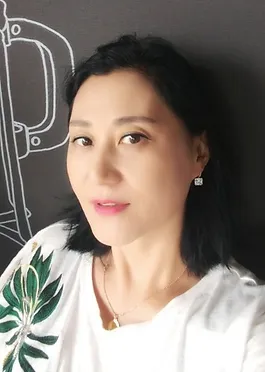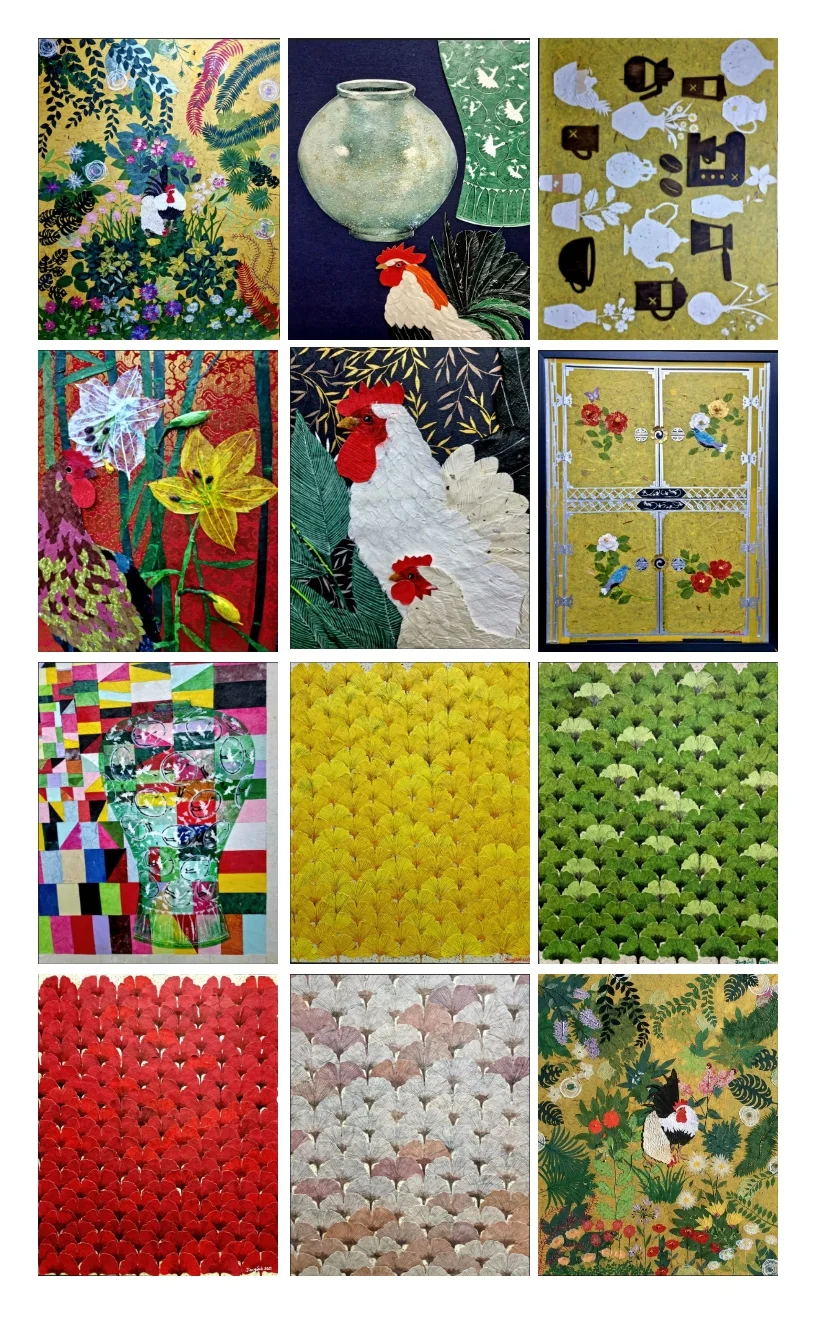Recent Posts
Recent Comments
No comments to show.

Jinny Suh
Education History
People want everyone to be happy, and everyone tries to pursue endless happiness. However, we can see that many media surround us with happiness and love, consideration, waiting, and sadness. Most of the work I create has chickens based on this aspect.
Through these chickens, they try to convey values and rituals to modern people based on the traditional atmosphere.
Under the theme of Gilsang, the exhibition presents a series of wildflowers blooming on chickens, our willows, pine trees, and fields.
Paintings I work traditionally. In addition, both enjoy clearly expressing the object they want to describe without metaphors, allowing viewers to quickly infer the connection between the object expressing their repentance and the path through the work.
Most of the work I create always expresses a relaxed, elegant, and free chicken in five colors that seem simple and eventually personify human life through the chicken. So in most of the work, traditional Korean chicken appears.
It is a well-known fact that traditionally chickens are widely discussed as a history and cultural heritage of our culture.
Hanji, I used to do the work, goes well with this traditional chicken as the main ingredient.
Hanji’s light doubles each of its strengths due to its material characteristics, providing human warmth and comfort to modern people’s stark and schematic residential spaces. Moreover, it is a household item that goes well with modern people’s sensibility and housing style with simple beauty, functionality, economy, and originality.
At the same time, it is the most representative material that shows Korea’s warmth, cozy image, and emotions.
As there is a saying that silk lasts 500 years and Korean paper lasts 1,000 years, Hanji is attracting attention as a paper for repairing cultural properties due to its excellent preservation, capturing a thousand years of Korean paper that will preserve for a thousand years as the raw material of the mulberry tree.
The taste of Hanji comes from its unique texture of formability and the three-dimensional effect of the object, focusing on improving the completeness of the work by exploring and achieving.
Therefore, working on the texture of Korean paper, feeling the authentic taste of life more and more.

